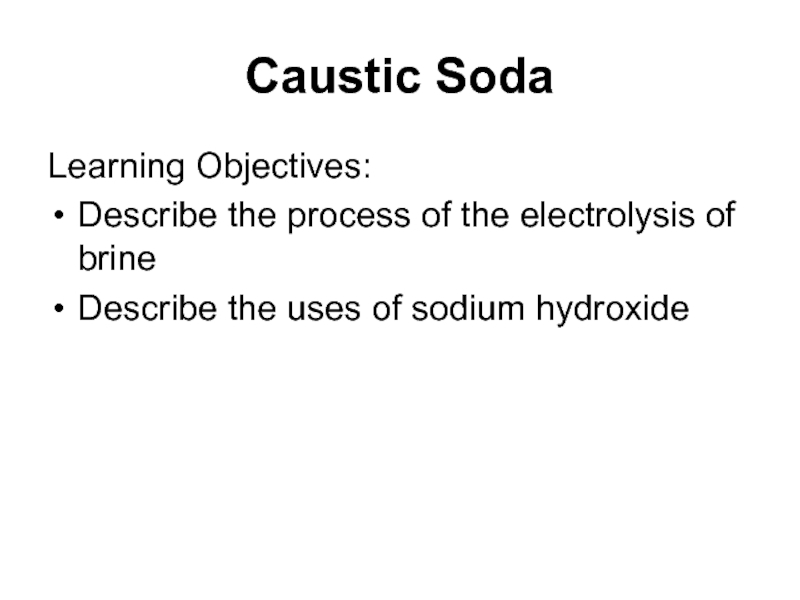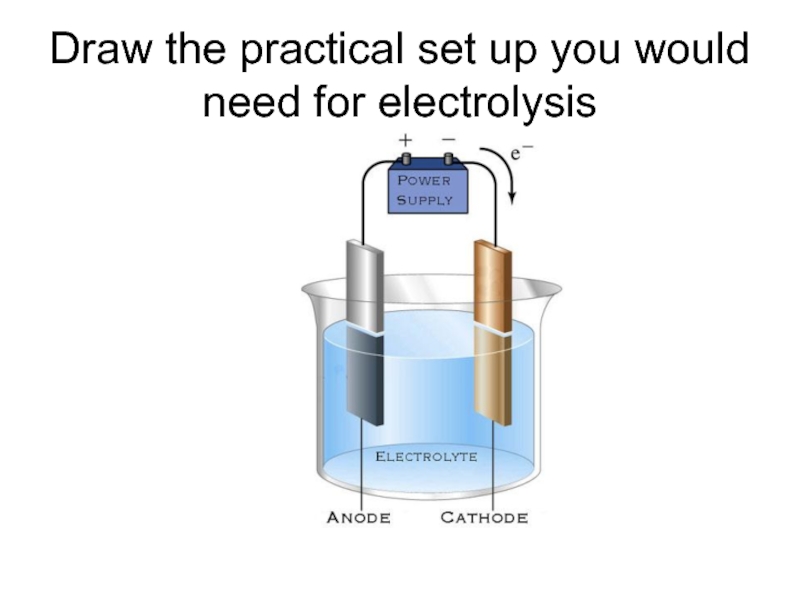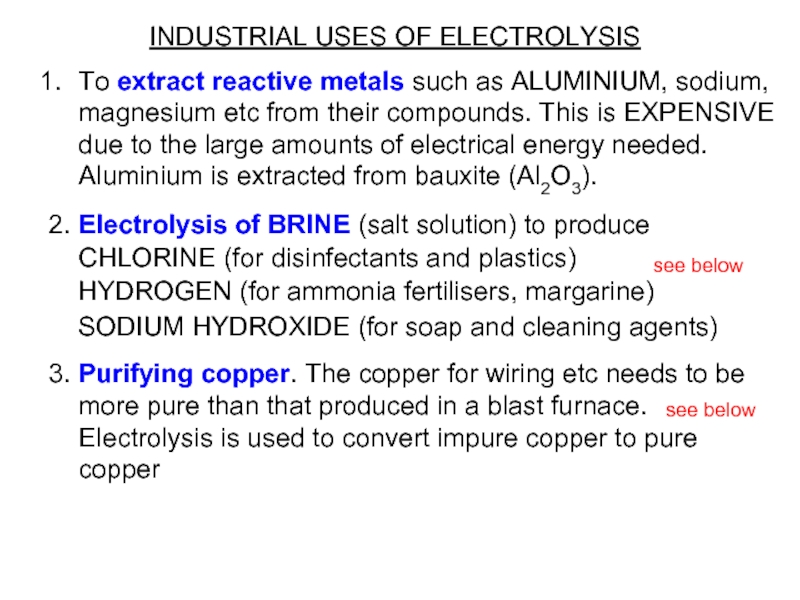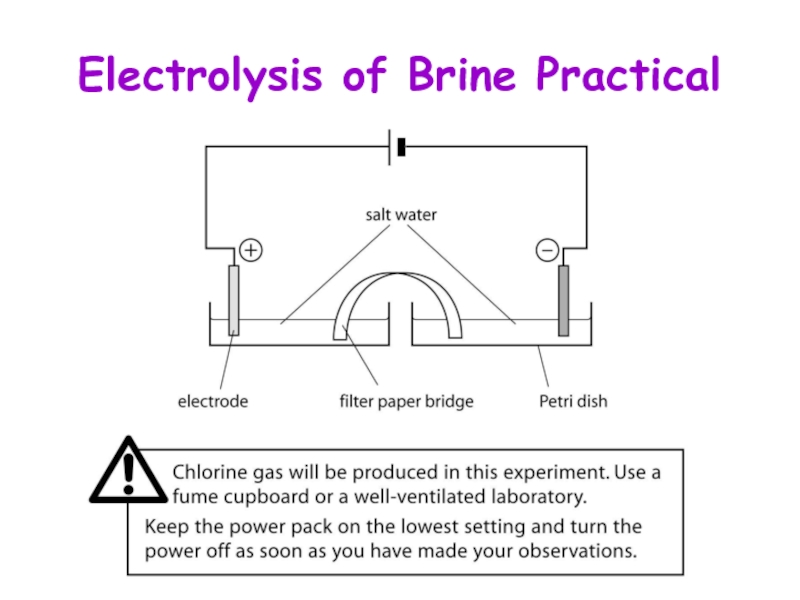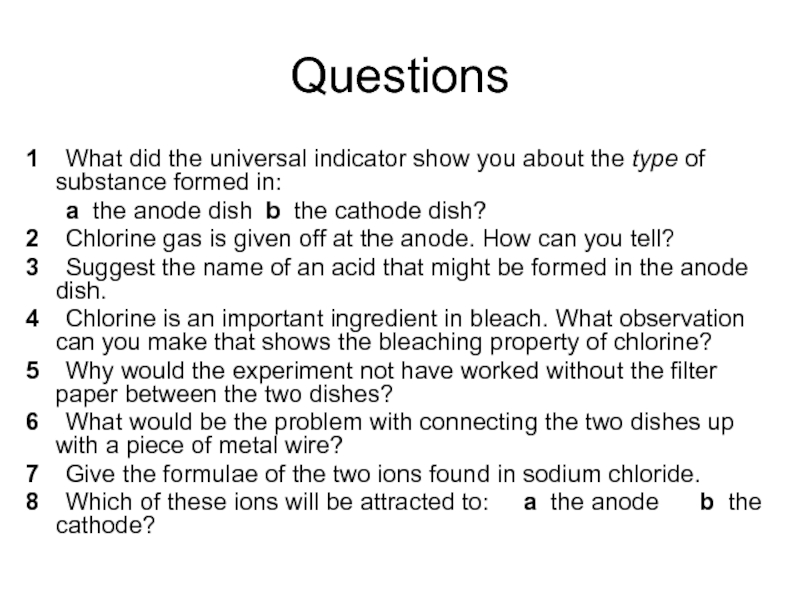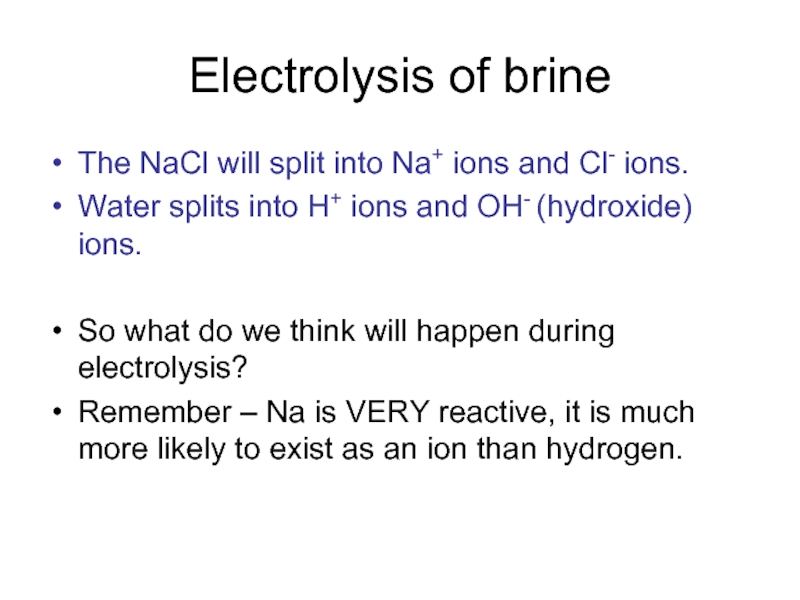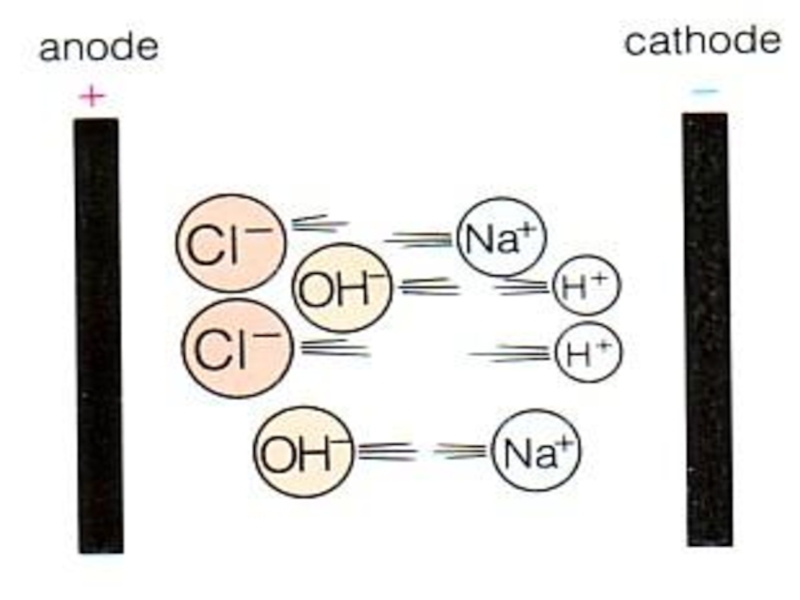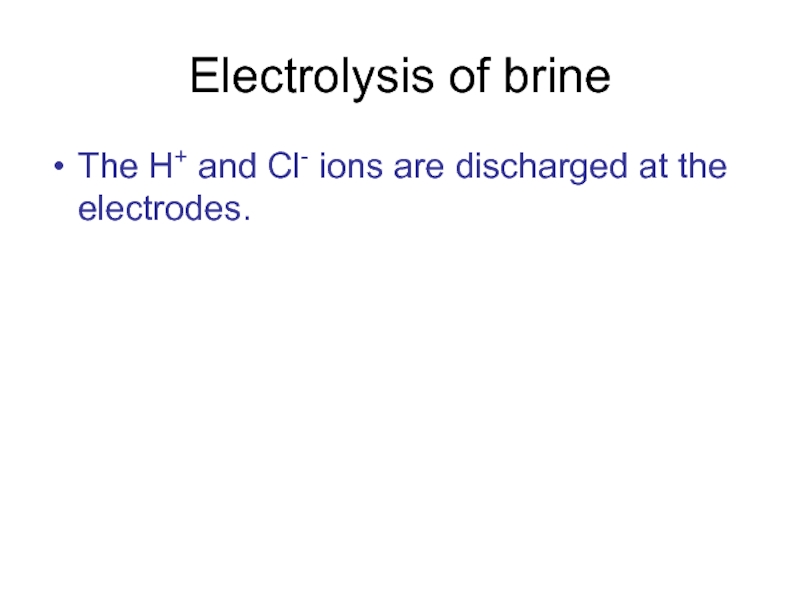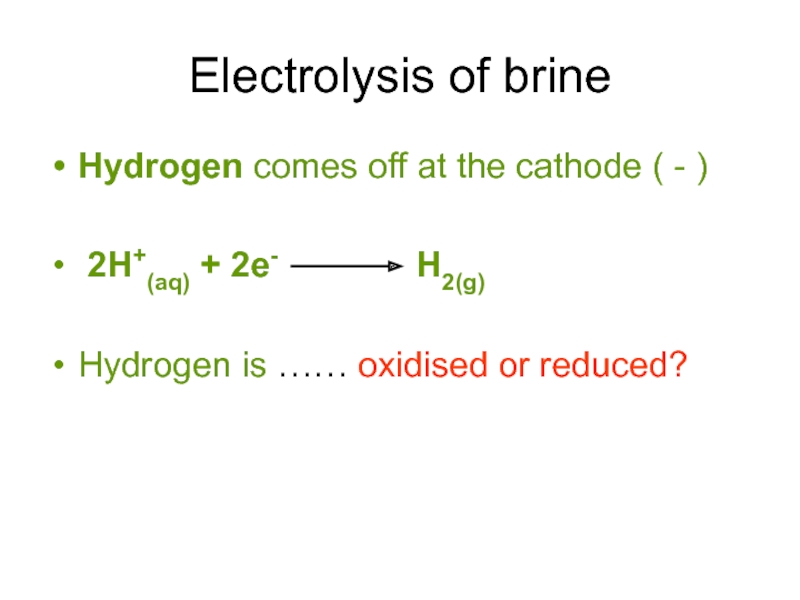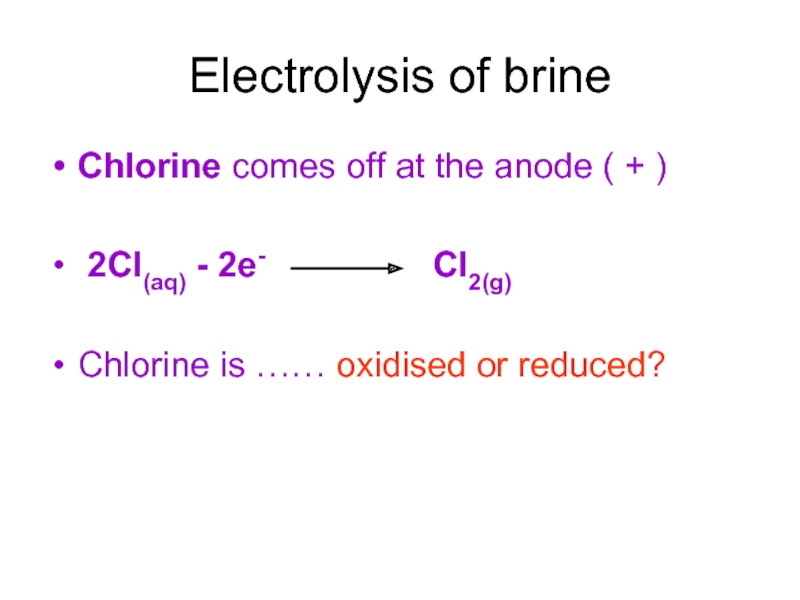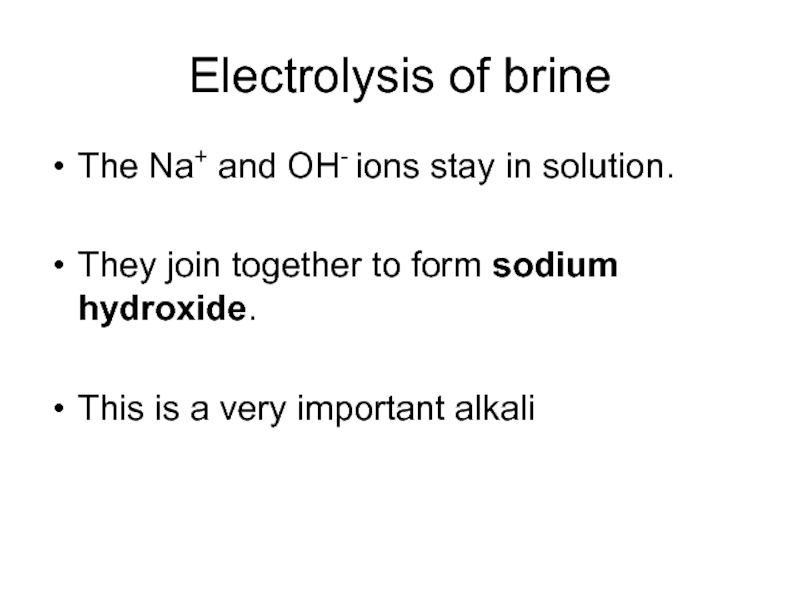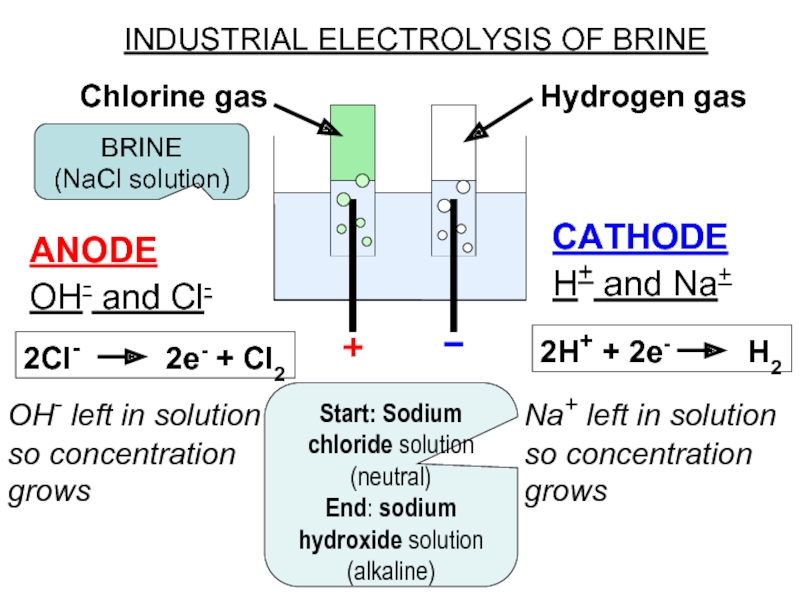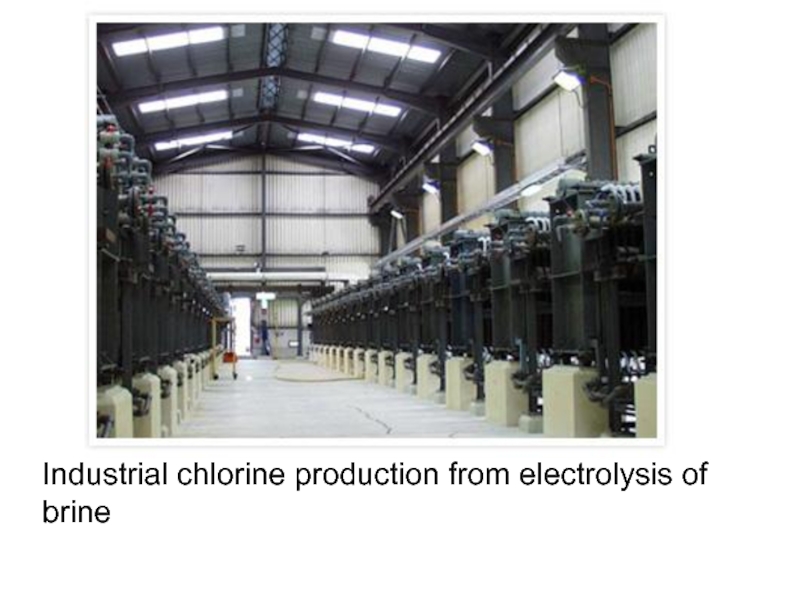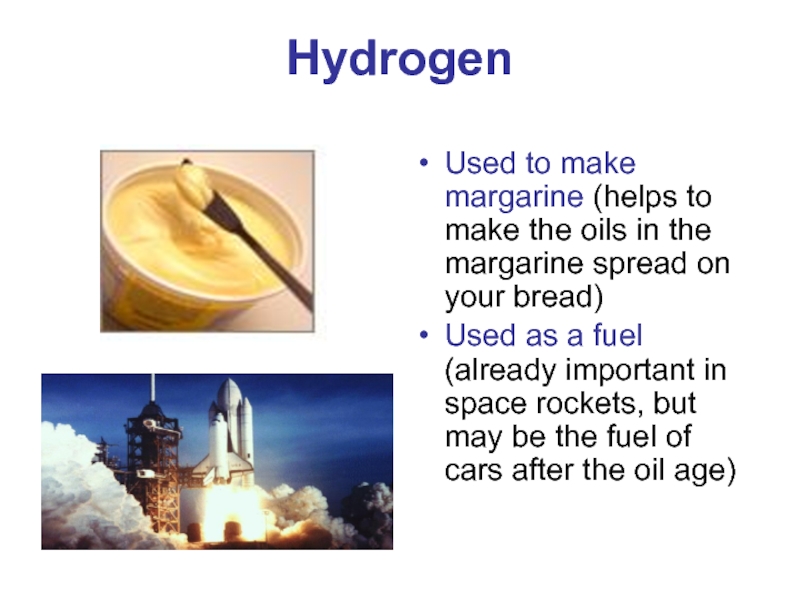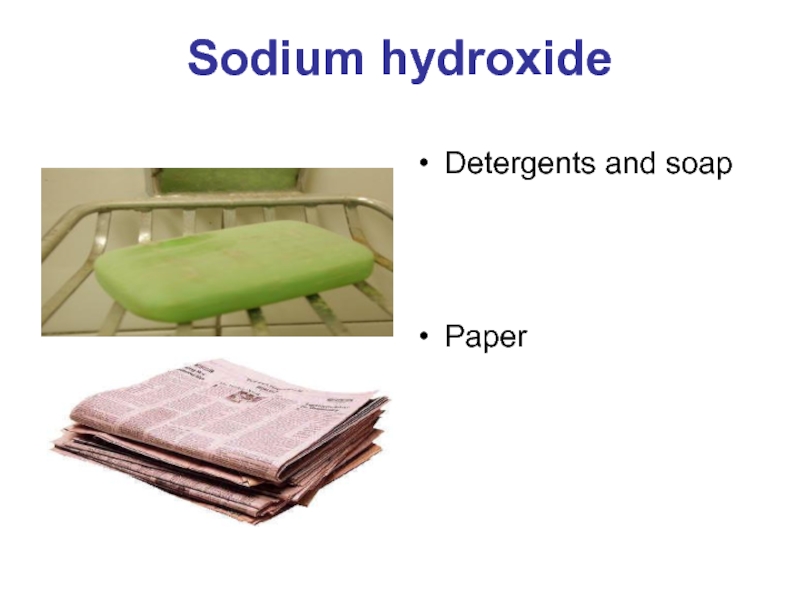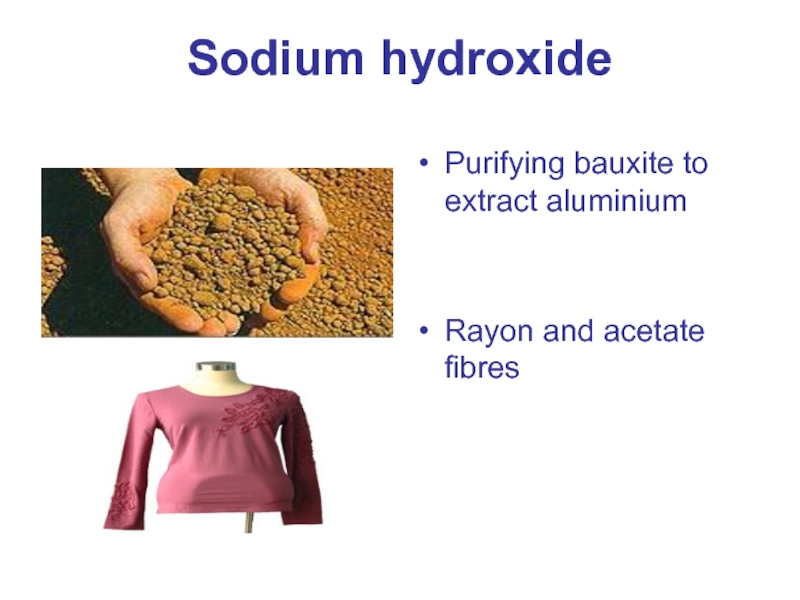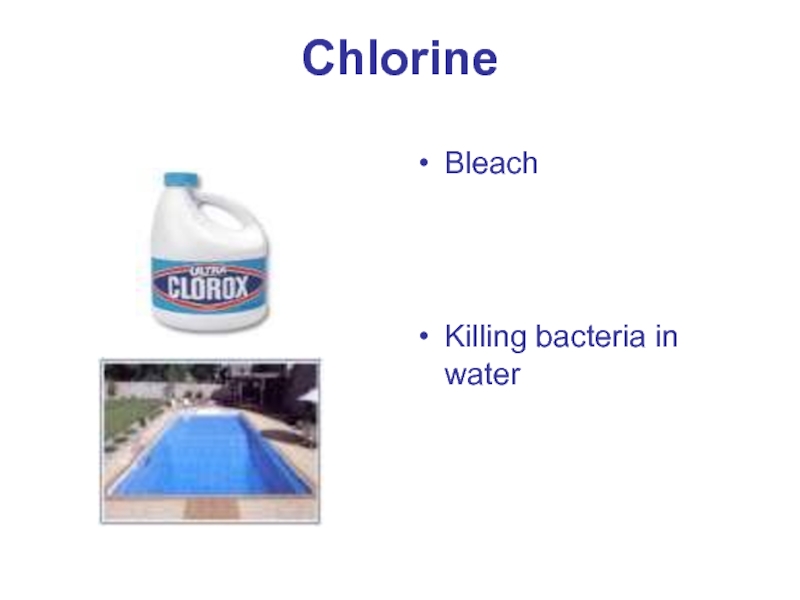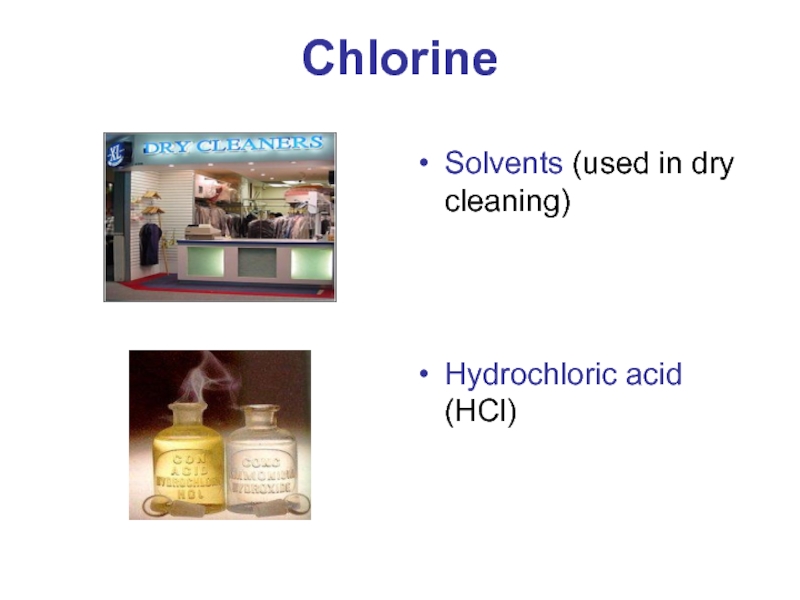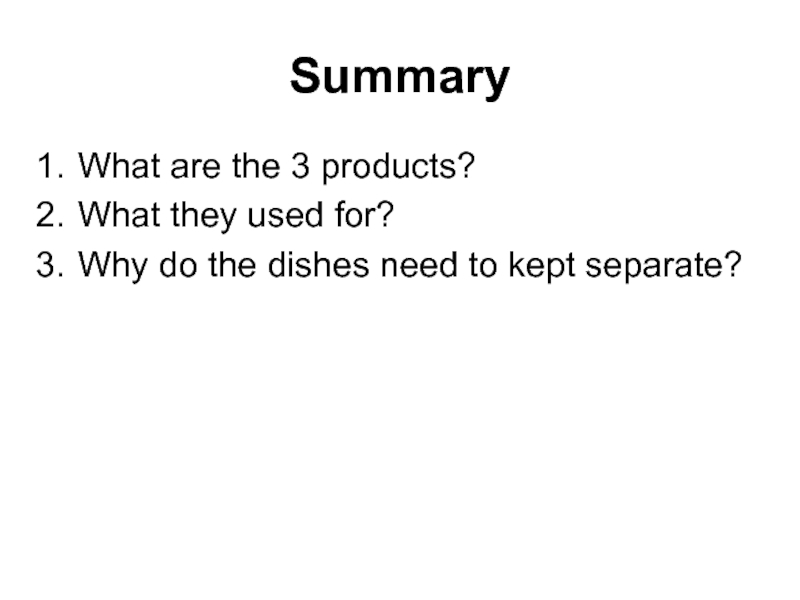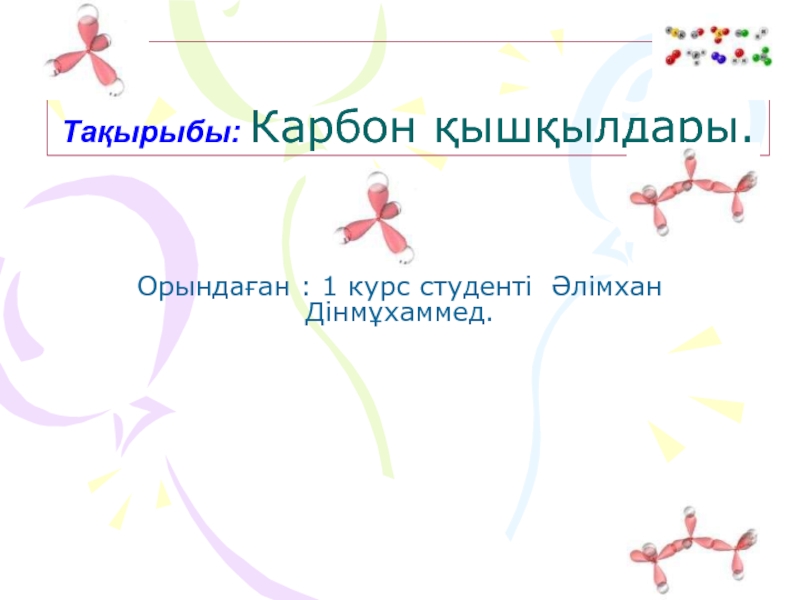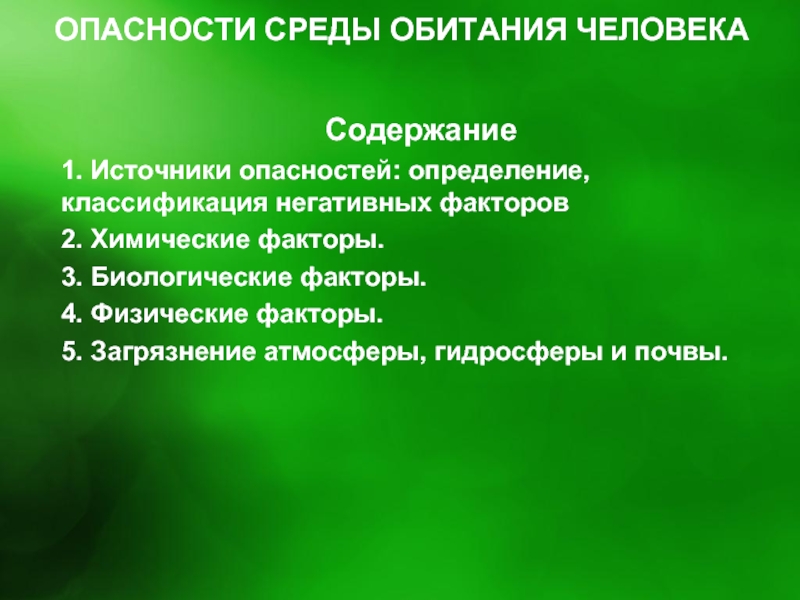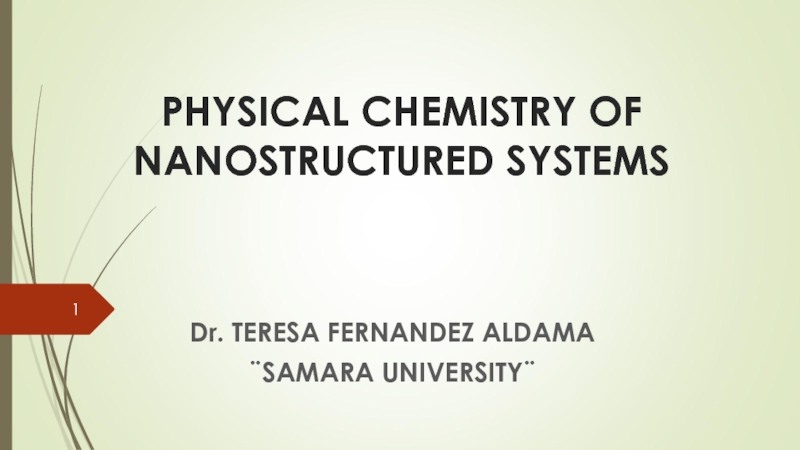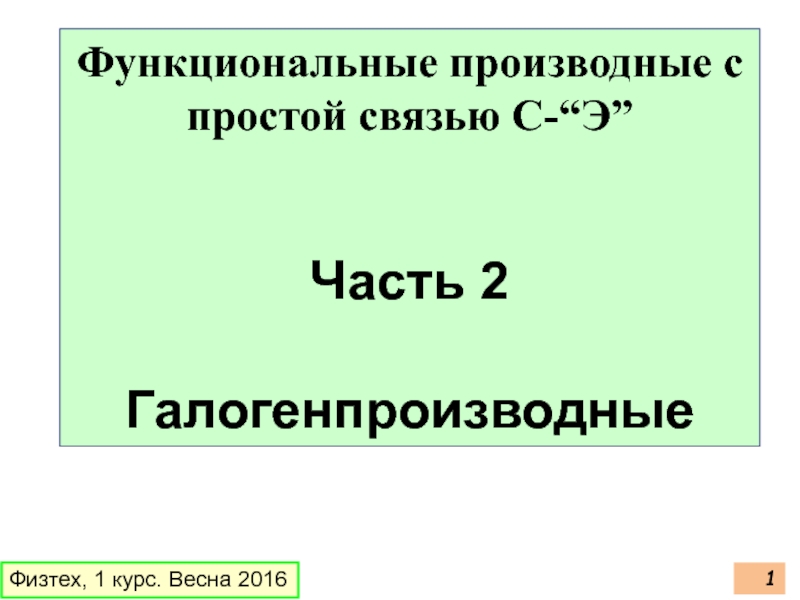- Главная
- Разное
- Дизайн
- Бизнес и предпринимательство
- Аналитика
- Образование
- Развлечения
- Красота и здоровье
- Финансы
- Государство
- Путешествия
- Спорт
- Недвижимость
- Армия
- Графика
- Культурология
- Еда и кулинария
- Лингвистика
- Английский язык
- Астрономия
- Алгебра
- Биология
- География
- Детские презентации
- Информатика
- История
- Литература
- Маркетинг
- Математика
- Медицина
- Менеджмент
- Музыка
- МХК
- Немецкий язык
- ОБЖ
- Обществознание
- Окружающий мир
- Педагогика
- Русский язык
- Технология
- Физика
- Философия
- Химия
- Шаблоны, картинки для презентаций
- Экология
- Экономика
- Юриспруденция
Caustic Soda презентация
Содержание
- 1. Caustic Soda
- 2. Draw the practical set up you would need for electrolysis
- 3. INDUSTRIAL USES OF ELECTROLYSIS To extract reactive
- 4. Electrolysis of Brine Practical
- 5. Questions 1 What did the universal indicator show
- 6. Electrolysis of brine The NaCl will split
- 8. Now let’s see what actually happens
- 9. Electrolysis of brine The H+ and Cl- ions are discharged at the electrodes.
- 10. Electrolysis of brine Hydrogen comes off at
- 11. Electrolysis of brine Chlorine comes off at
- 12. Electrolysis of brine The Na+ and OH-
- 13. INDUSTRIAL ELECTROLYSIS OF BRINE
- 14. Industrial chlorine production from electrolysis of brine
- 15. Hydrogen Used to make margarine (helps to
- 16. Sodium hydroxide Detergents and soap Paper
- 17. Sodium hydroxide Purifying bauxite to extract aluminium Rayon and acetate fibres
- 18. Chlorine Bleach Killing bacteria in water
- 19. Chlorine Solvents (used in dry cleaning) Hydrochloric acid (HCl)
- 20. Summary What are the 3 products? What
Слайд 1Caustic Soda
Learning Objectives:
Describe the process of the electrolysis of brine
Describe the
Слайд 3INDUSTRIAL USES OF ELECTROLYSIS
To extract reactive metals such as ALUMINIUM, sodium,
2. Electrolysis of BRINE (salt solution) to produce CHLORINE (for disinfectants and plastics)
HYDROGEN (for ammonia fertilisers, margarine)
SODIUM HYDROXIDE (for soap and cleaning agents)
3. Purifying copper. The copper for wiring etc needs to be more pure than that produced in a blast furnace. Electrolysis is used to convert impure copper to pure copper
see below
see below
Слайд 5Questions
1 What did the universal indicator show you about the type of
a the anode dish b the cathode dish?
2 Chlorine gas is given off at the anode. How can you tell?
3 Suggest the name of an acid that might be formed in the anode dish.
4 Chlorine is an important ingredient in bleach. What observation can you make that shows the bleaching property of chlorine?
5 Why would the experiment not have worked without the filter paper between the two dishes?
6 What would be the problem with connecting the two dishes up with a piece of metal wire?
7 Give the formulae of the two ions found in sodium chloride.
8 Which of these ions will be attracted to: a the anode b the cathode?
Слайд 6Electrolysis of brine
The NaCl will split into Na+ ions and Cl-
Water splits into H+ ions and OH- (hydroxide) ions.
So what do we think will happen during electrolysis?
Remember – Na is VERY reactive, it is much more likely to exist as an ion than hydrogen.
Слайд 10Electrolysis of brine
Hydrogen comes off at the cathode ( - )
Hydrogen is …… oxidised or reduced?
Слайд 11Electrolysis of brine
Chlorine comes off at the anode ( + )
Chlorine is …… oxidised or reduced?
Слайд 12Electrolysis of brine
The Na+ and OH- ions stay in solution.
They join
This is a very important alkali
Слайд 13
INDUSTRIAL ELECTROLYSIS OF BRINE
ANODE
OH- and Cl-
2Cl- 2e-
OH- left in solution so concentration grows
CATHODE
H+ and Na+
2H+ + 2e- H2
Na+ left in solution so concentration grows
Chlorine gas
Hydrogen gas
Start: Sodium chloride solution (neutral)
End: sodium hydroxide solution (alkaline)
BRINE
(NaCl solution)
Слайд 15Hydrogen
Used to make margarine (helps to make the oils in the
Used as a fuel (already important in space rockets, but may be the fuel of cars after the oil age)
